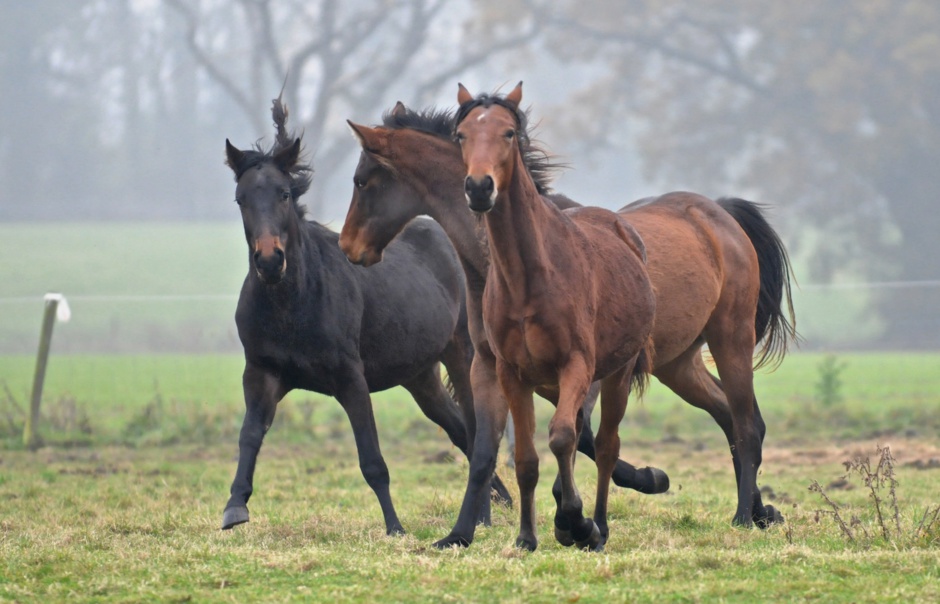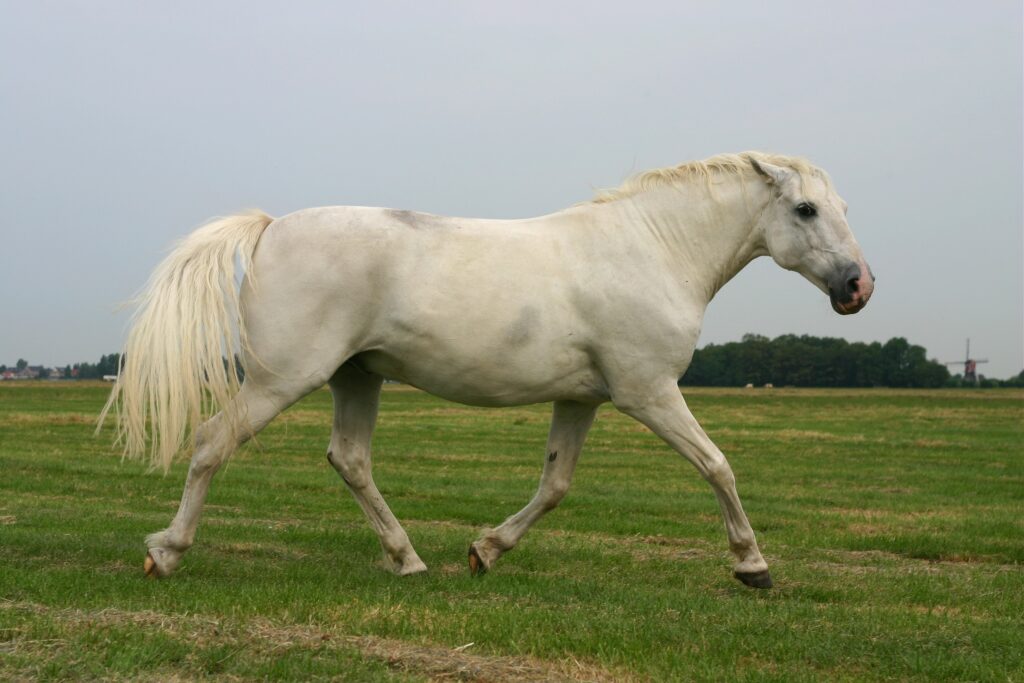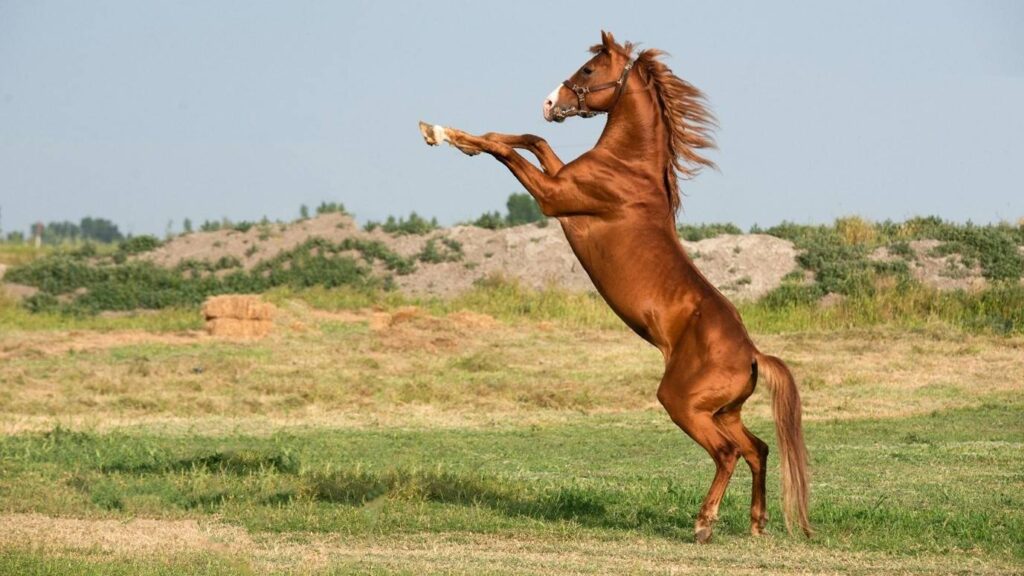Dealing with a nervous horse can be a challenging experience, but with the right techniques, it’s possible to make significant progress. Understanding how to calm a nervous horse is crucial for both the horse’s well-being and the rider’s safety. Horse enthusiasts around the world are always on the lookout for effective strategies to help their equine friends relax. In this article, we will explore various methods and tips to help soothe your anxious horse, ensuring a more enjoyable and safe riding experience.

Understanding Horse Anxiety
Anxiety in horses can stem from various sources, such as a new environment, past trauma, or lack of proper training. Recognizing the signs of anxiety, such as restlessness, sweating, or tail swishing, is the first step in addressing the issue. By pinpointing the cause, you can tailor your approach to better suit your horse’s needs.
Building Trust with Your Horse
Establishing trust is a vital component in calming a nervous horse. Spend time with your horse outside of riding, such as grooming or simply being present in their space. This helps the horse associate you with positive experiences and builds a stronger bond.
Positive Reinforcement
Using positive reinforcement techniques, like treats or praise, can encourage calm behavior. When your horse exhibits signs of relaxation, reward it immediately to reinforce the behavior.
Creating a Safe Environment
Ensuring your horse feels safe is crucial in reducing anxiety. Check the surroundings for any potential stressors, such as loud noises or unfamiliar objects, and remove them if possible.
Consistency in Routine
Maintaining a consistent schedule can also help reduce stress. Horses thrive on routine, so try to feed, exercise, and groom your horse at the same times each day.
Utilizing Horse Training Techniques
Implementing specific horse training techniques can help manage anxiety effectively. Techniques such as desensitization, where you gradually expose the horse to a stressor in a controlled manner, can be particularly effective.
Voice Commands
Training your horse to respond to voice commands can provide reassurance and guidance during stressful situations. Practice commands regularly to ensure your horse understands and reacts positively.
Incorporating Exercise and Play
Physical activity is an excellent way to alleviate anxiety in horses. Regular exercise, such as riding or lunging, can help expend nervous energy and promote relaxation.
Engaging in Play
Incorporating play, like obstacle courses or interactive toys, can also be beneficial. These activities not only provide mental stimulation but also strengthen the bond between you and your horse.
Professional Help and Resources
If anxiety persists despite your efforts, seeking professional help may be necessary. A qualified trainer or equine behaviorist can provide additional insights and guidance tailored to your horse’s specific needs.
Online Resources
There are numerous online resources available for horse training and anxiety management. These can offer valuable tips and strategies to help you and your horse succeed.
Conclusion
Calming a nervous horse requires patience, understanding, and the right techniques. By building trust, creating a safe environment, and utilizing effective training methods, you can help your horse overcome its anxiety and enjoy a more relaxed and fulfilling life. Remember, every horse is unique, and it may take time to see results, but with perseverance, you can make a positive impact.

FAQs
What are common signs of anxiety in horses?
Common signs include restlessness, sweating, tail swishing, and refusal to follow commands.
How can I build trust with my horse?
Spend time with your horse outside of riding, engage in grooming, and use positive reinforcement techniques to build a strong bond.
When should I seek professional help?
If your horse’s anxiety persists despite your efforts, consulting a professional trainer or equine behaviorist can provide additional guidance and support.
This article contains affiliate links. We may earn a commission at no extra cost to you.







